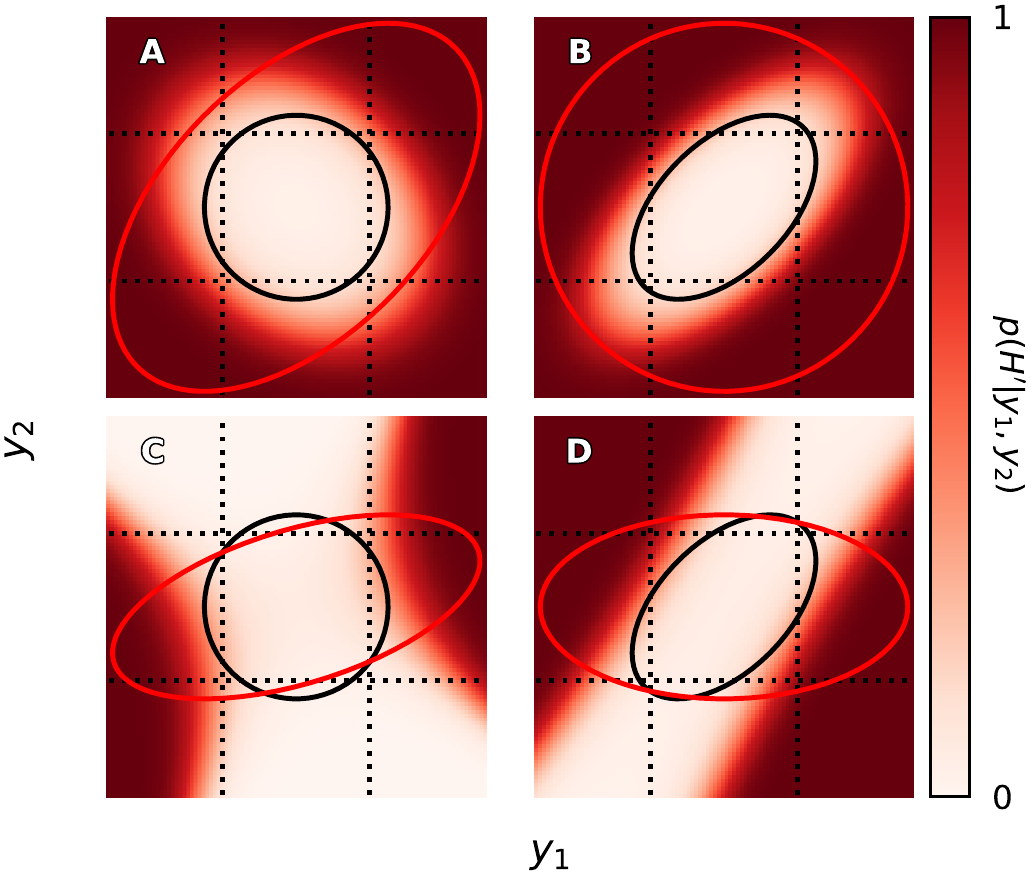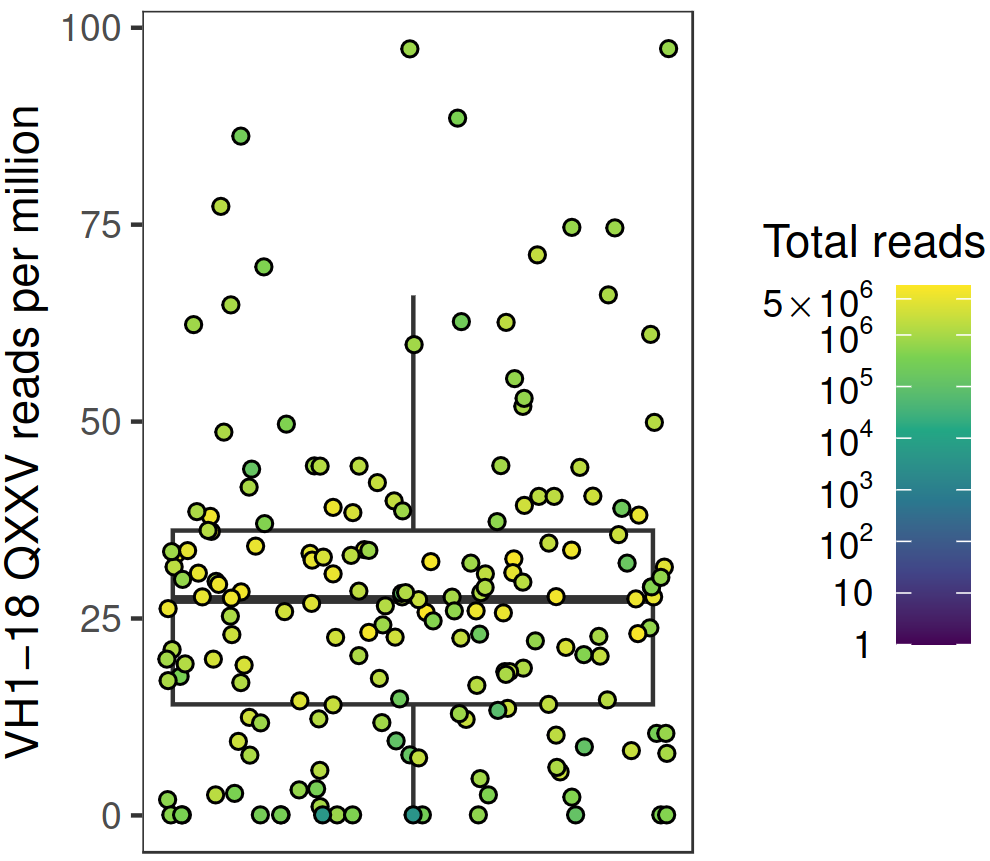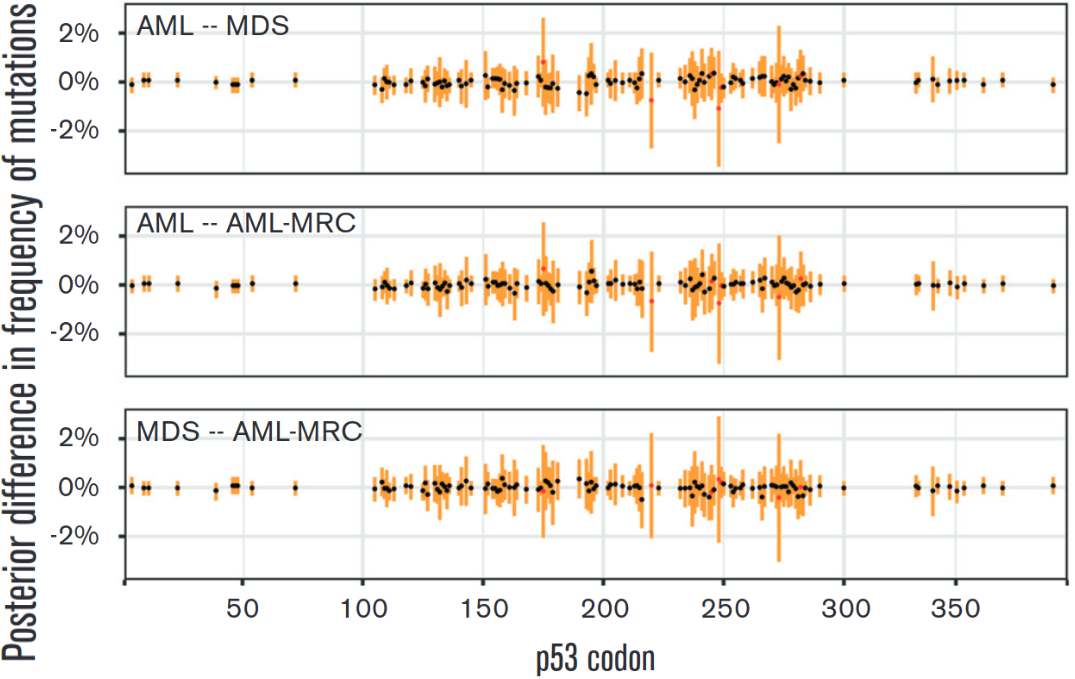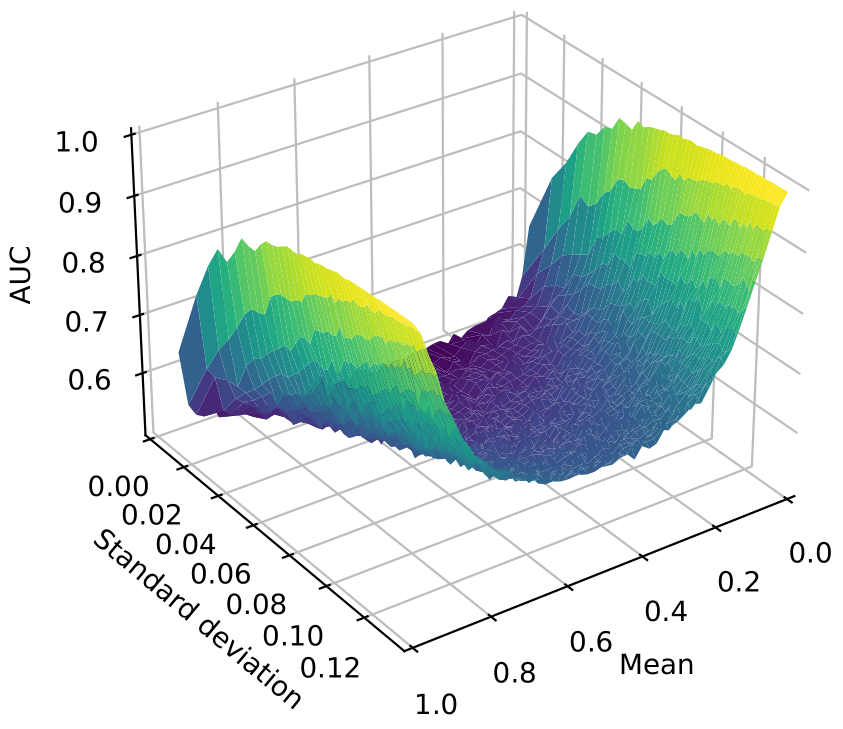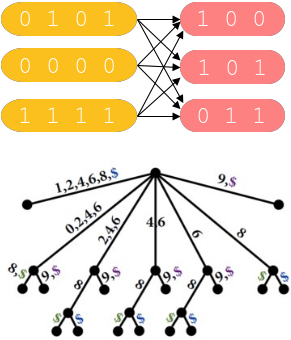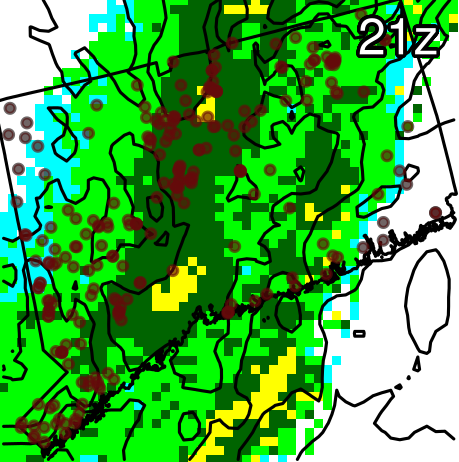Eliciting a single amino acid change by vaccination generates antibody protection against group 1 and
group 2 influenza A viruses [link] Immunity
Rashmi Ray*, Faez A.N. Mohamed*, Daniel P. Maurer*, Jiachen Huang*, Berk A.
Alpay, ..., Aaron G. Schmidt, Facundo D. Batista, Daniel Lingwood
Flu mutates, evading antibodies specialized against prior subtypes. Even antibodies that broadly neutralize
a group of influenza A subtypes can rarely neutralize the other group. This study shows that a vaccine
enables cross-group protection in humanized mice by a single amino acid change in a class of precursor
antibodies.

